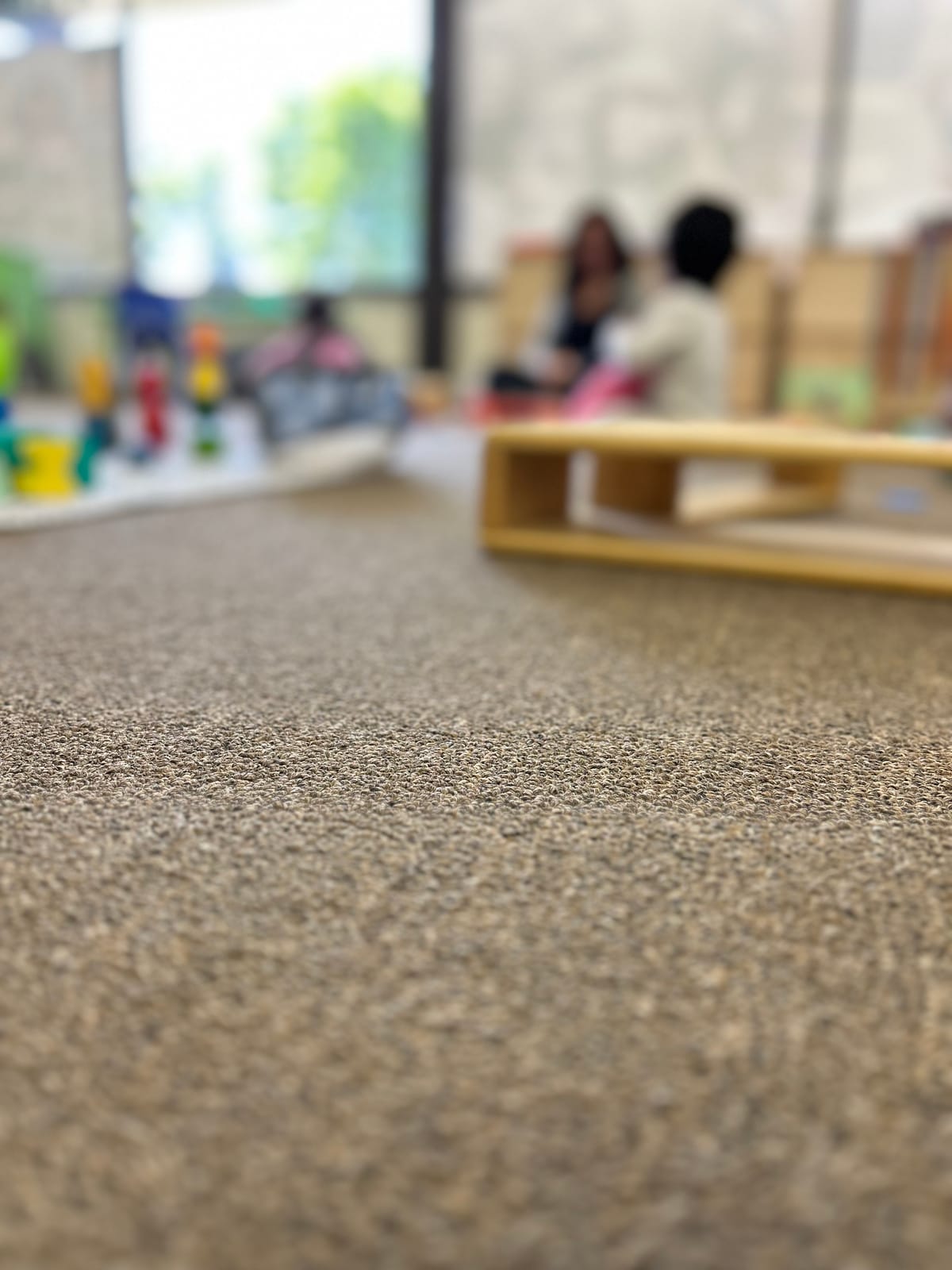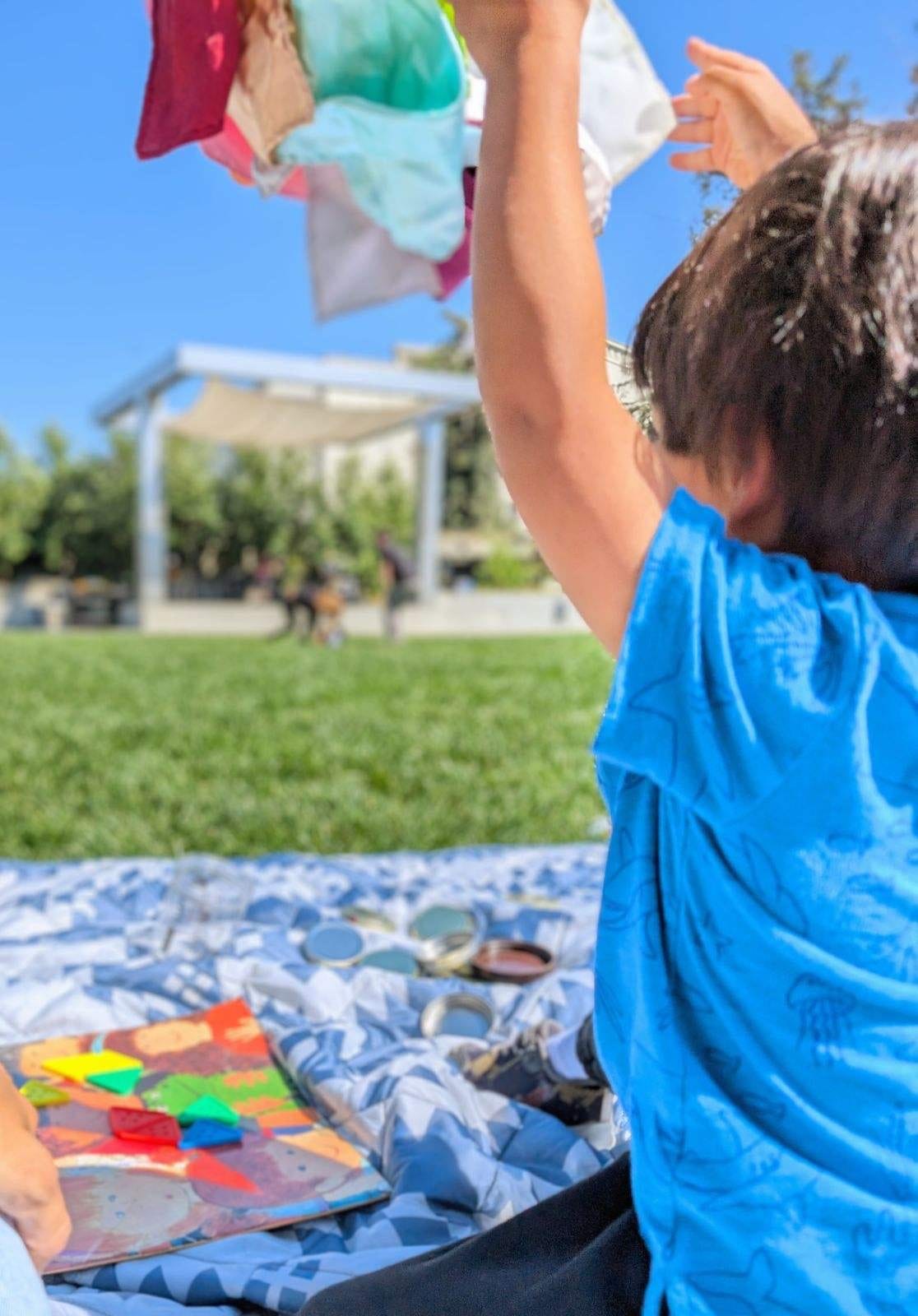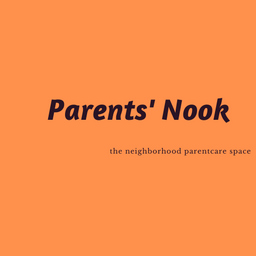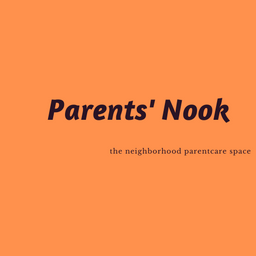Why We’re Not Building Something New, And Still Serving the Needs of Today’s Parents
Read more: How we’re building something beyond the current childcare system, and who it’s meant to support.
A System Built for a Different Time
The childcare system we rely on today originates from the industrial era. It wasn’t designed to adapt to neighborhood rhythms or the evolving needs of parents.
So where did it come from?
A Brief History of Modern Childcare:
- Industrial Era (1800s–early 1900s):
The earliest forms of organized childcare emerged not from a philosophy of child development, but from economic necessity. As more women entered factory labor, urban areas began setting up “day nurseries” so mothers could work long hours. - World War II (1940s):
With so many men at war and women filling jobs at home, the U.S. briefly invested in public childcare (e.g., the Lanham Act funded thousands of centers). But after the war, women were expected to return home, and the funding vanished. - Post-War Suburbia (1950s–60s):
The dominant cultural ideal became the “stay-at-home mom,” even though many working-class and single mothers still needed care options. Childcare during this era was often stigmatized, underfunded, or informal. - 1970s–1990s:
As more women entered the workforce, demand surged—but the system struggled to keep up. Solutions included corporate daycare, preschools, and eventually platform-based care services (such as Care.com). These were often designed for standard 9-to-5 work, with centralized, institutional care as the default.
But that’s not how many families live or work today.
Why It No Longer Fits
- Parents work remotely, freelance, or on shifting schedules
- Many parents are opting for homeschooling.
- Extended families aren’t always nearby
- Trust is harder to build in gig-based care systems
- Children thrive in smaller, more flexible, more human-paced environments
- Most parents want something individualized and geared towards their children.
And above everything else, families are looking for real connections; their very own microcommunity may be in their neighborhood.
And it reminds us:
The childcare system wasn’t designed for today’s families.
It was designed for a different time, a different economy, and a different definition of care. It was the need of the time at that moment.
That's why we started building with something that solves our problem, as we could not relate to the existing model.
We're building something more flexible, relational, and neighborhood-rooted, one Nook at a time.
Nooks are for families, caregivers, and communities that want care to feel local, human, and shared.
They’re for the parent who wants to stay close and still get work done.
Who wants to know their neighbors, or feel a little less alone in the parenting journey? A micro-community?
And who believes care doesn’t have to be a daily struggle?
The facilitator who wants to lead play with purpose. Maybe also a devoted teacher from the neighborhood.
The space aims to be useful and get to know its neighbors during the morning and evening hours. And if it's a small business, they are willing to connect with their neighbors.
And they’re held together not just by people, but by systems quietly working in the background.
This post is about those systems, their design, and how we are connecting them.
The ones we’re designing are to grow meaningfully, one neighborhood at a time.
Before we go further:
If you're new here, we invite you to read our last two posts to understand how Nooks differ from babysitting, nanny services, or preschool care.
Can something like this be built? Yes, absolutely, our numerous live experiments do give us positive approval.


Notes: If you have questions, thoughts, or something you would like to share, we would love to listen to you.
What if care wasn’t something you scheduled, but something you co-created?
And a shared rhythm between parents, children, facilitators, and spaces.
If you’ve ever been inside a Nook, you know it’s something else entirely.
We’re different. And we bring this up now because we want to show you how Nook environments function.
What happens in a Nook is alive. It’s rhythmic, adaptive, and trust-based.
And most of it unfolds quietly, through shared presence and invisible labor.
We’re building Nooks not just to offer care, but to reshape how care networks work in today’s world.
Not by hiring more providers.
Not by launching another app that matches you to a sitter.
But by asking:
What does care look like when it’s rooted in presence, trust, and community?
That’s where technology comes in, not to replace that care, but to support it.
It's hard work, but we think we know what the tech might look like. We think with all the advancements in tech in recent days, this is the time to build something that solves a very hard problem, which we are solving manually repeatedly every time ground up. These innumerable experiments are giving us the knowledge that community and care can be something that can be neighborhood-based and solve a real problem. And all these factors are interwoven together.
Can this fail? For sure, but we think we have figured something out that might change how the care network is perceived.
What We're Exploring
We’re in the early stages of building the infrastructure that supports Nooks, but not in the way platforms typically do.
Here’s what that means:
1. Nooks as Semi-Autonomous Nodes
Each Nook adapts to its local environment:
- A museum classroom follows a different rhythm than a backyard.
- One facilitator may draw inspiration from Waldorf principles; another from RIE or Montessori.
- Some Nooks support babies and postpartum parents; others welcome toddlers with boundless energy.
Each Nook learns locally.
But the learning isn’t isolated; it’s distributive.
We’re building lightweight ways for Nooks to share what they learn with each other, without centralizing decisions or flattening context.
Think of it like federated learning, but applied to human systems of care, where each Nook refines its own rhythm, while contributing to a growing, collective intelligence.
2. Trust as the Core Protocol
In most digital networks, trust is outsourced, including ratings, background checks, and algorithms.
In Nooks, trust is relational and visible:
- Parents stay close
- Facilitators adjust in real time
- Space partners already serve the neighborhood
This creates feedback loops. The more often people return, the stronger those loops get.
Our technology might never interrupt that. It should quietly support it by making things visible. Because we all know that we are not able to trust reviews fully specially when we are moms, we trust the reviews by other moms who are going through the same struggles.
That might mean:
- Making a facilitator’s intention more legible to parents
- Giving parents a sense of the room’s rhythm before they arrive
- Helping space partners understand what’s unfolding in their own underused spaces
Have you ever thought about how we might design for this kind of care?
Are you someone who understands how small, local interactions can ripple into larger, trust-based networks?
3. Using What Already Exists
We don’t need to build new centers.
We activate existing, underutilized spaces: cafés, museums, and community rooms.
Why We’re Not Building Something New
(And Still Serving the Needs of Many Parents)
It may seem counterintuitive, but one of the most important things we’re doing is not starting from scratch.
We’re not building new childcare centers.
We’re not buying real estate.
We’re not creating rigid systems that parents have to fit into.
Instead, we’re using what’s already here:
- Spaces that sit idle during parts of the day
- Facilitators who are already trusted in their communities
- Parents who want to work or breathe, and don't want to travel far, and create and utilize their schedules.
This isn’t about launching something massive.
It’s about unlocking what’s already possible in the places families already live.
For parents, it changes everything:
- You don’t have to choose between being near your child and getting things done.
- You don’t have to commit to a rigid routine
- You don’t have to hand your child over to a system you don’t fully trust
Instead, you stay close. You stay connected.
And you find moments of peace, work, and community, right where you are.
What we’re building is lightweight
And it works because it grows from real-life scenarios.
Up Next
We’ll begin prototyping some of these systems, with parents, facilitators, and space partners in the loop.
If you’re a builder, researcher, or simply someone excited by what it might mean, we would love to get in touch
You can reach us or join our newsletter to follow along.
More soon.

